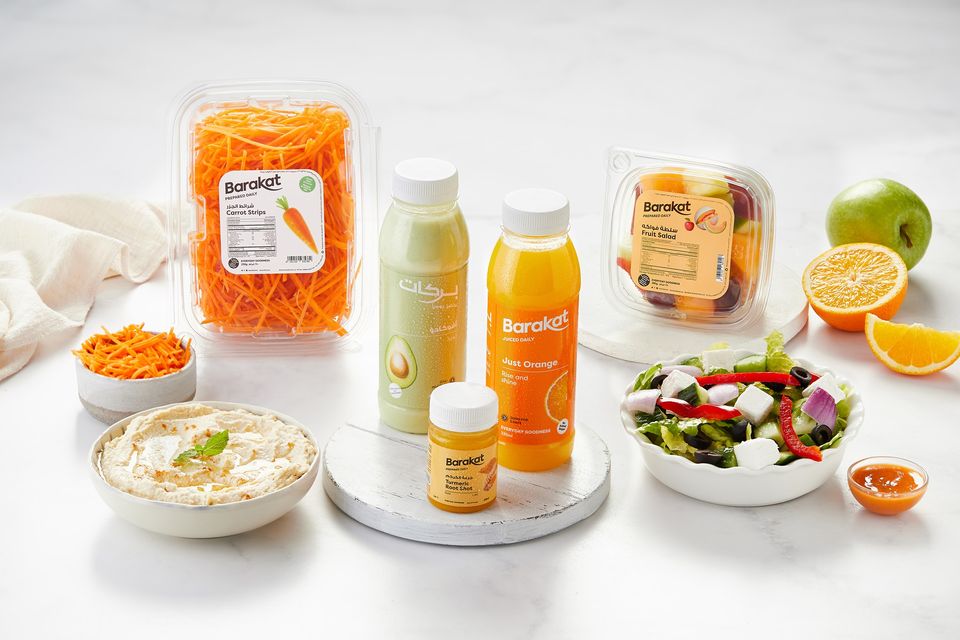Various concepts are emerging in the world of dining, be it cloud kitchens, ghost kitchens, or virtual restaurants, which are making rounds around the table. But do we understand the meaning behind these words, and what are their true capabilities?
These are some revolutionary concepts that introduce confidence in culinary masters who do not have the budget to launch a full-fledged restaurant but still want to use their skills and present the best to the table. We will explore more about these concepts in the article.

Defining Ghost Kitchens and Virtual Restaurants
At first glance, the terms “ghost kitchen” and “virtual restaurant” may sound unfamiliar, but their concepts are undeniably impactful. Ghost kitchens, known as cloud or dark kitchens, are dedicated solely to preparing food for delivery and takeout.
- Unlike traditional restaurants, ghost kitchens lack dine-in facilities and focus exclusively on the culinary creation process. This streamlined approach eliminates overhead costs associated with physical space, allowing ghost kitchens to concentrate on culinary excellence by making the best food with the best quality of ingredients be it Banana or bread, everything is done at its finest.
On the other hand, virtual restaurants are culinary concepts that exclusively exist in the digital realm. These restaurants don’t have brick-and-mortar locations but operate through online platforms, offering a curated menu for delivery and takeout.
- Virtual restaurants leverage the power of social media, food delivery apps, and digital marketing to reach a wide audience without the constraints of a physical establishment. These concepts can be extensions of existing restaurants or entirely new ventures, catering to niche markets or experimental culinary trends.
The Catalysts of Change
Several factors have contributed to the rise of ghost kitchens and virtual restaurants. The growth of food delivery services where we ordering in everything from Salads to soup bowls and changing consumer preferences have played a pivotal role. The modern diner seeks convenience, variety, and speed in their dining experiences, and ghost kitchens and virtual restaurants provide precisely that.
Benefits and Advantages
Ghost kitchens and virtual restaurants offer many benefits that resonate with culinary entrepreneurs and consumers. For aspiring chefs and restaurateurs, these models provide a lower barrier to entry. The high costs associated with establishing and maintaining a physical restaurant are significantly reduced, enabling innovative culinary minds to focus on menu creativity and quality.
Operational efficiency is another key advantage. Ghost kitchens are designed for optimized food preparation, with layouts dedicated to high-volume production. This results in quicker order fulfillment be it freshly made juice or ice cream, with consistent quality, meeting the demands of today’s fast-paced digital age.
From a consumer standpoint, ghost kitchens and virtual restaurants deliver convenience right to the doorstep. The online ordering process eliminates wait times and offers many options at one’s fingertips. These models also cater to dietary preferences and specialized cuisines, if you prefer vegan milk, you get some of the great options or if you want to have the best Strawberry cheesecake, you can get that too.
Culinary Exploration and Innovation
One of the most exciting aspects of ghost kitchens and virtual restaurants is their ability to drive culinary exploration and innovation. Chefs and entrepreneurs embrace these models to experiment with unique concepts, fusion cuisines, and novel dining experiences. Freed from the constraints of traditional overhead costs, they can focus on refining their culinary visions and appealing to specific target markets.
Moreover, virtual restaurants enable chefs to gauge the reception of their culinary creations before committing to a physical location. This testing ground allows for menu refinement based on real-time feedback, minimizing the risks of launching a new restaurant concept.
The Future of Dining
The rise of ghost kitchens and virtual restaurants marks a significant turning point in the culinary landscape. As technology continues to shape consumer behaviour, these concepts are here to stay, offering innovative solutions. The future holds the potential for further technology integration, such as AI-powered kitchen automation and drone delivery, further enhancing efficiency and convenience.
Traditional restaurants also embrace the concept of incorporating ghost kitchen operations into their business strategy. This hybrid approach allows them to cater to both dine-in and digital audiences, expanding their reach while adapting to evolving trends.
Conclusion
The rise of ghost kitchens and virtual restaurants signifies a transformation in how we perceive, experience, and enjoy food. These models bridge the gap between culinary creativity and modern convenience, offering a glimpse into the limitless possibilities in the world of dining. As they continue to redefine the culinary landscape, their influence will undoubtedly shape the way we savor flavors, try new cuisines, different varieties of fruits and veggies and connect with the global culinary community.